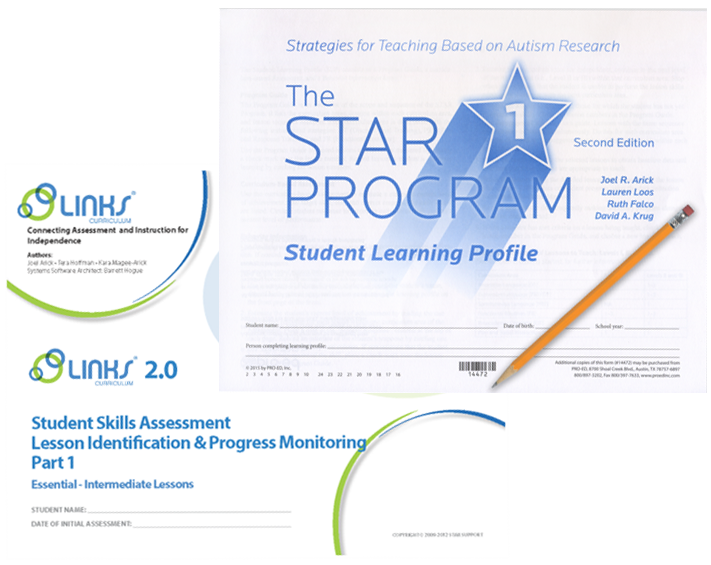October 2019 Newsletter
Bridging the Gap Between Classrooms:
Preparing Students for Success in General Education Settings
The transition into general education classrooms can be challenging—both for students and educators. We’ve put together some strategies to take the stress out of preparing your students for this new setting:
Unique skill sets require unique plans:
Each student has their own individual set of stregths and challenges. Knowing where students are, in terms of skills and behavior, is the first step to preparing them for general education classrooms. Use the Student Learning Profile (SLP) or Links Assessment to assess students' current skills.
Predictability and structure can make all the difference:
Regardless of the educationalprogram, all students require structure and predictability to help them achieve academic and social success. Transitions can be particularly hard on students with autism and other developmental disabilities. When they know what to expect, students can more smoothly transition between activities—and between classroom settings—throughout the day.

Observe, observe, observe:
The first step in programming for general education is to observe the student in the new setting. Educators can look for several key student behaviors, including attending, following directions, obtaining task materials, and participating in classroom activities. Once students' areas of strength and weakness have been observed, relevant interventions or modifications can then be identified and put into place. Keep in mind: it's always best to observe multiple times before deciding the best way to support students' learning.
Tools can help structure observations:
Use the STAR Inclusion Checklist to help structure observations in inclusive settings. This tool breaks down a typical school day into arrival, transitions, classroom activities, and a variety of functional routines, including snack/lunch, recess, and play and social time. To use the checklist, simply identify an appropriate time for the observation, read the expected student response, and circle "Yes" or "No" to indicate whether the student performs those responses independently. For example, during circle time, indicate whether the student sat appropriately and participated similarly to peers. Teachers may find that students exhibit appropriate behavior during one activity time, but not during another. When this happens, indicate the activities/routines during which the student does well and those where further supports are needed.
Successful strategies can be tailored to individual student needs: If students are struggling with any part of the day, don't stress! Use the Inclusion Support Recommendations (ISR) form to help generate ideas to tackle students' challenging times of the day. For example, if a student is struggling with transitions, this form suggests transition signals (e.g. auditory or visual timers) and individual schedules as potential supports. Once the specified strategies have been put into place, use the Inclusion Checklist as a quick tool to monitor their effectiveness. Of course, if a functional routine has been created to directly target a student's skills in a specific area, then continue to collect data to document growth. Be sure to incorporate data from the Student Learning Profile (SLP) to create classroom activities at the student's instructional level. disabilities can participate with their peers in typical classroom activities and routines.
